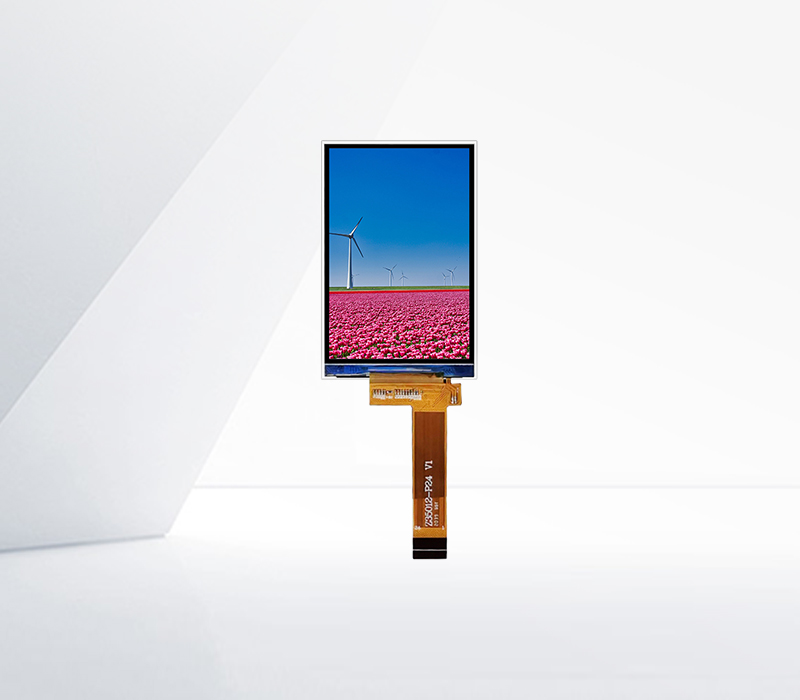




The glass used in touch displays plays a crucial role in determining the overall performance, durability, and user experience. Different types of glass materials are used, each with its own set of properties and advantages.
One of the most commonly used glass materials for touch displays is Gorilla Glass, developed by Corning. Gorilla Glass is known for its excellent scratch resistance and high strength. It can withstand daily wear and tear, such as scratches from keys or other sharp objects. This makes it ideal for touch displays on smartphones, tablets, and laptops, where the screen is frequently exposed to potential damage. Gorilla Glass also has a high transmittance, allowing for clear and vivid visuals. Its smooth surface enables easy touch interactions, reducing friction between the user's finger and the screen.
Another type of glass is Dragontrail Glass, produced by Asahi Glass. Dragontrail Glass offers a combination of high strength and thinness. It can be made extremely thin, which is beneficial for applications where weight and space are at a premium, such as in wearable devices or ultra - thin laptops. Despite its thinness, Dragontrail Glass provides good scratch resistance and impact strength.
For applications that require high - temperature resistance, aluminosilicate glass is often used. This type of glass can withstand elevated temperatures without deforming or losing its optical properties. It is commonly used in industrial touch displays, such as those in automotive dashboards or manufacturing control panels. Aluminosilicate glass also offers good chemical resistance, making it suitable for use in harsh environments.
In addition, anti - glare glass is used in touch displays to reduce reflections and improve visibility in bright environments. Anti - glare glass has a special surface treatment that scatters light, minimizing the glare caused by direct sunlight or artificial lighting. This is particularly important for outdoor touch displays, such as digital signage or outdoor kiosks. The choice of glass material for touch displays depends on the specific requirements of the application, balancing factors such as durability, optical performance, and cost.
